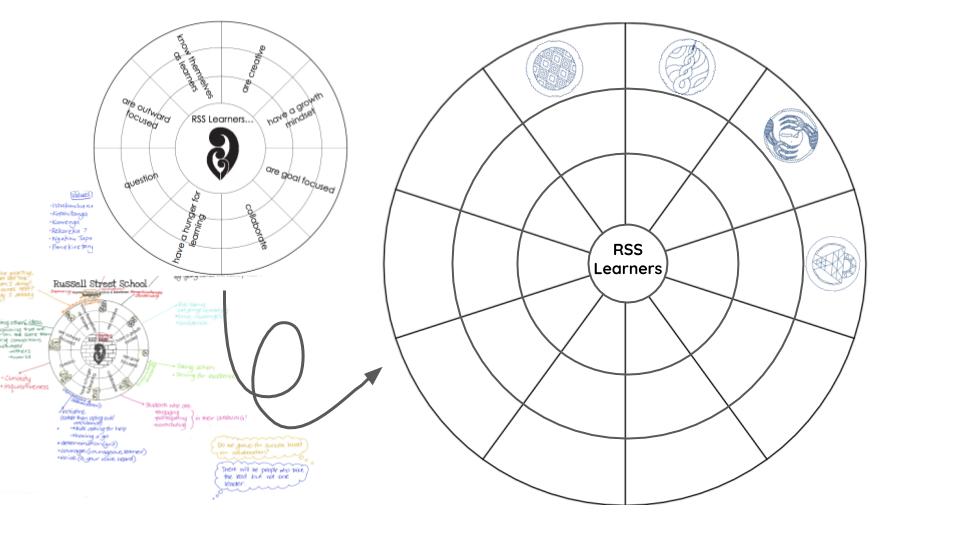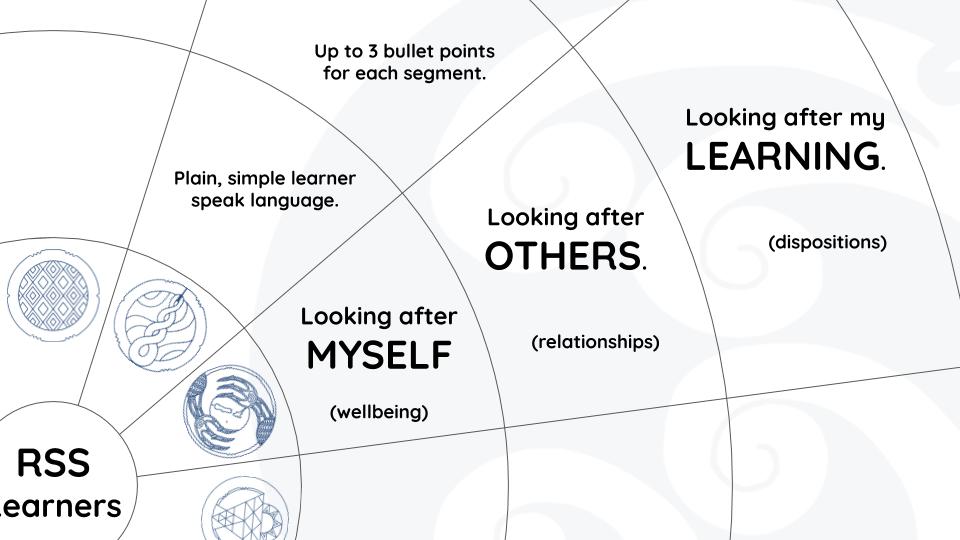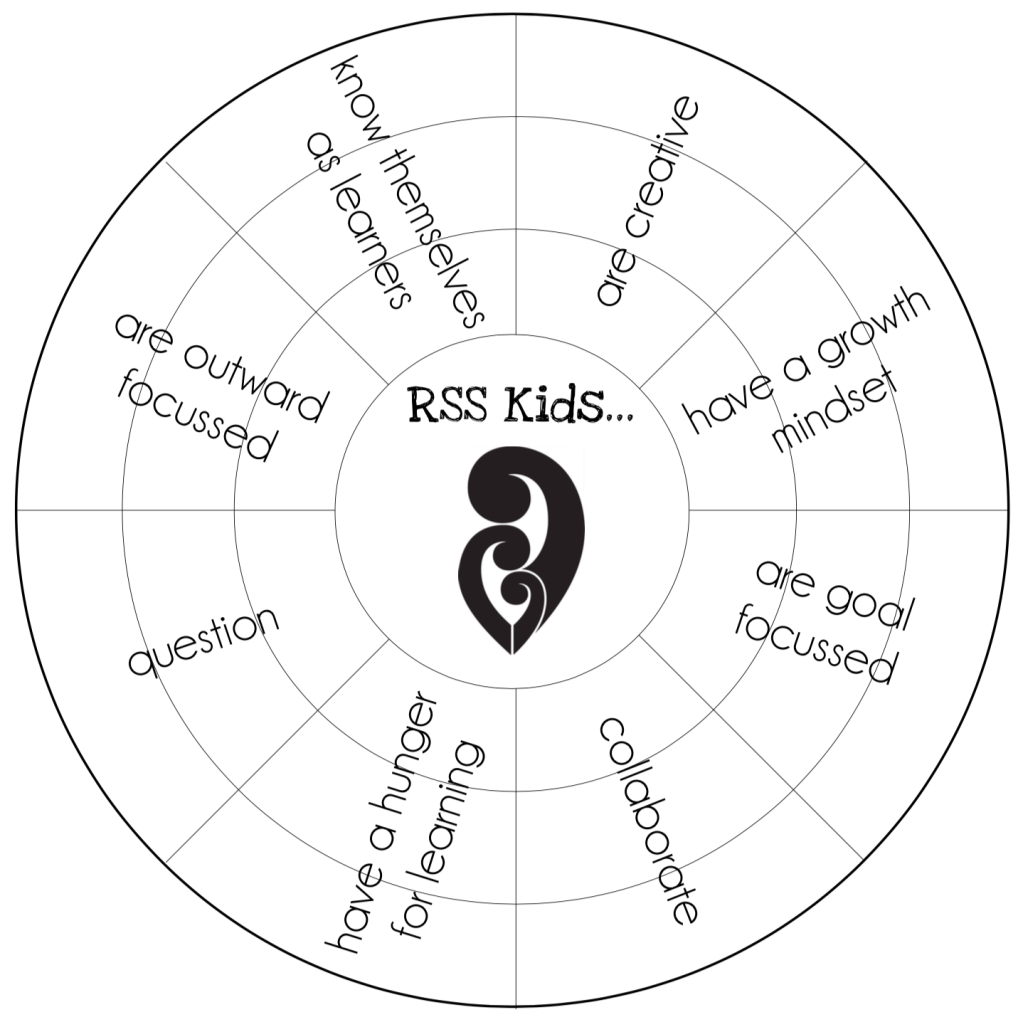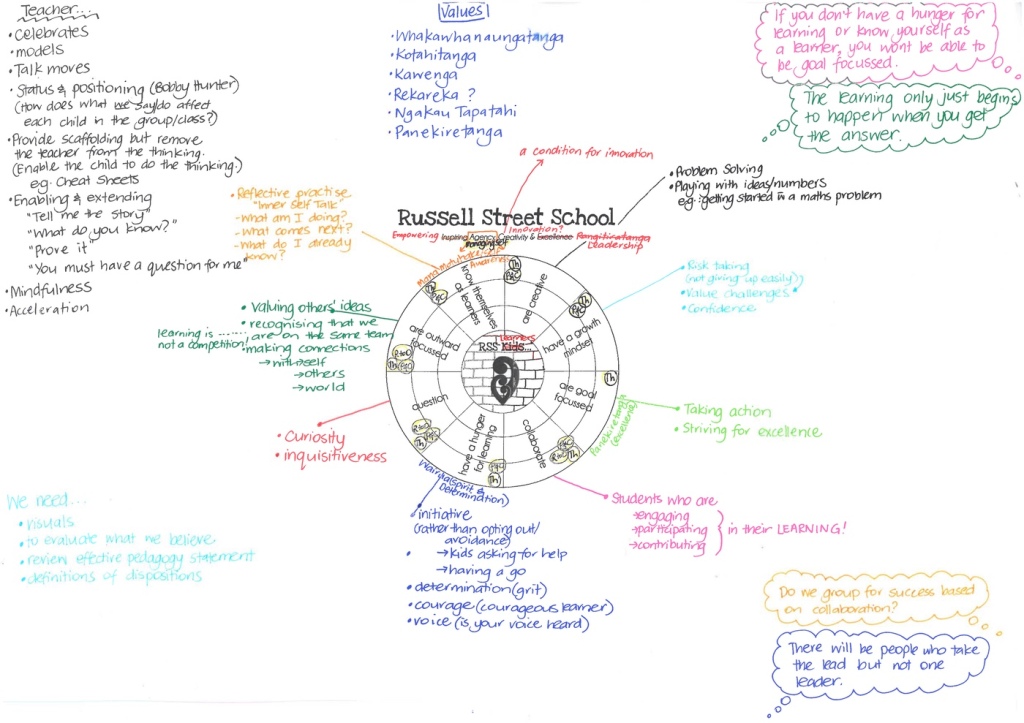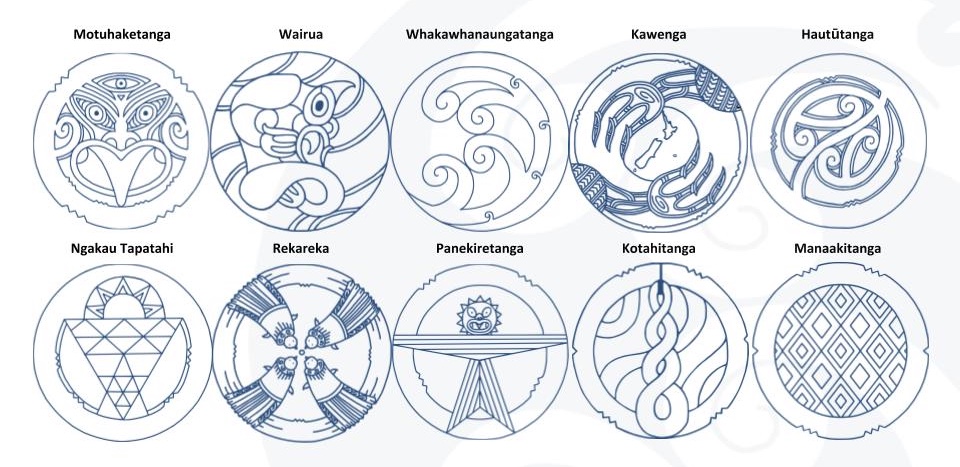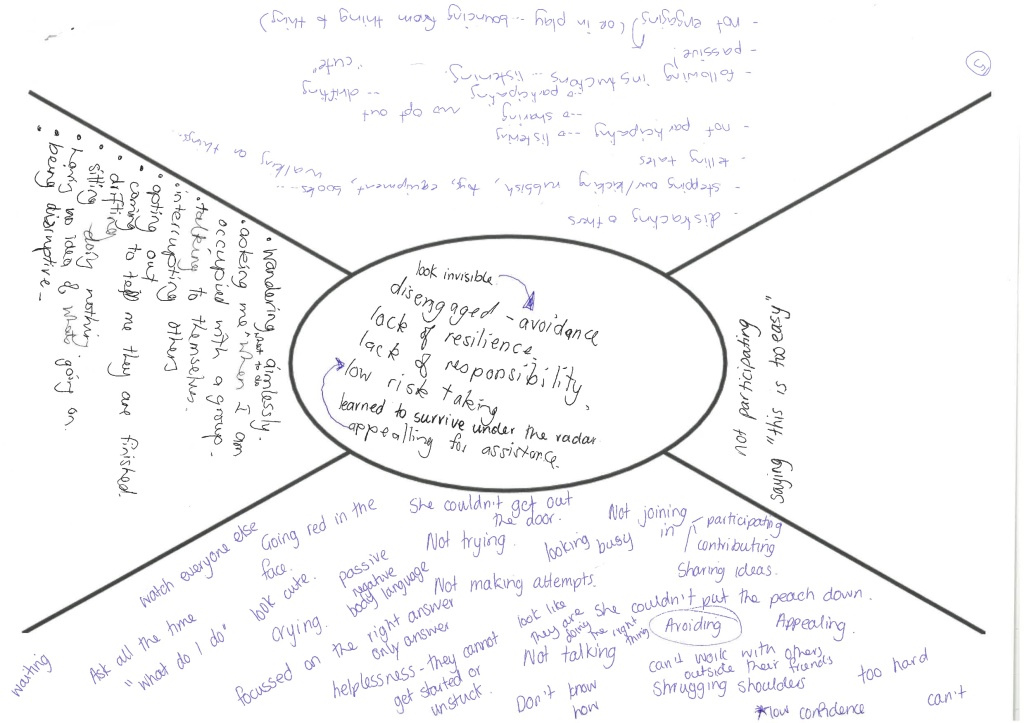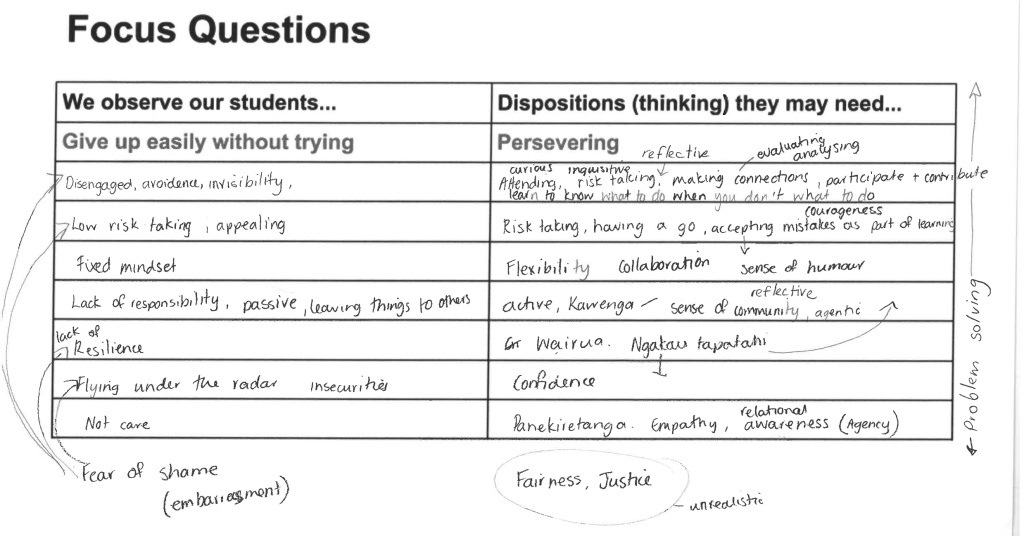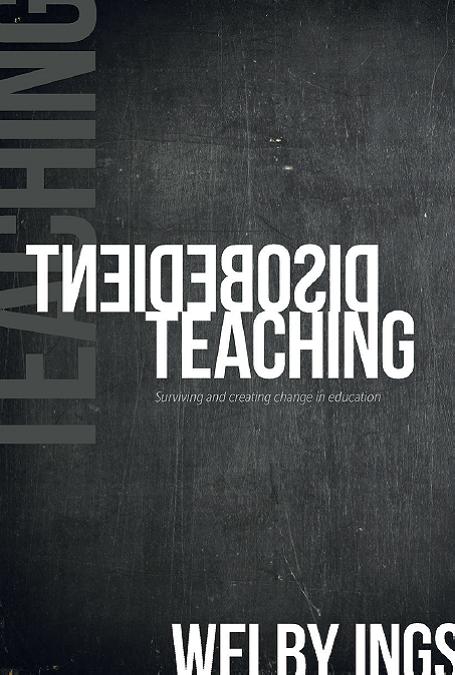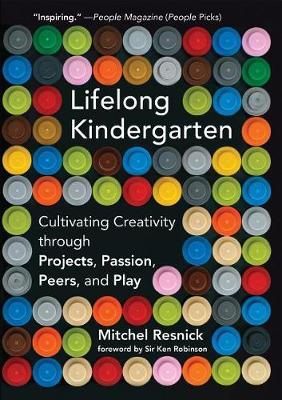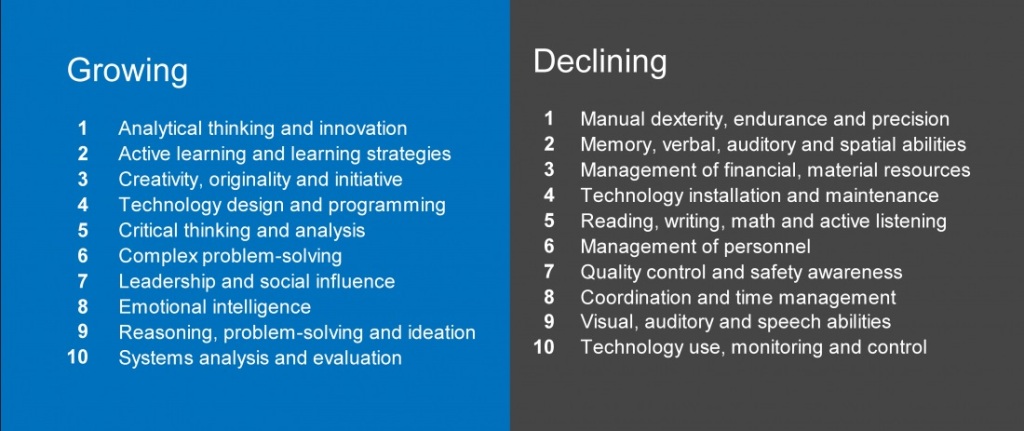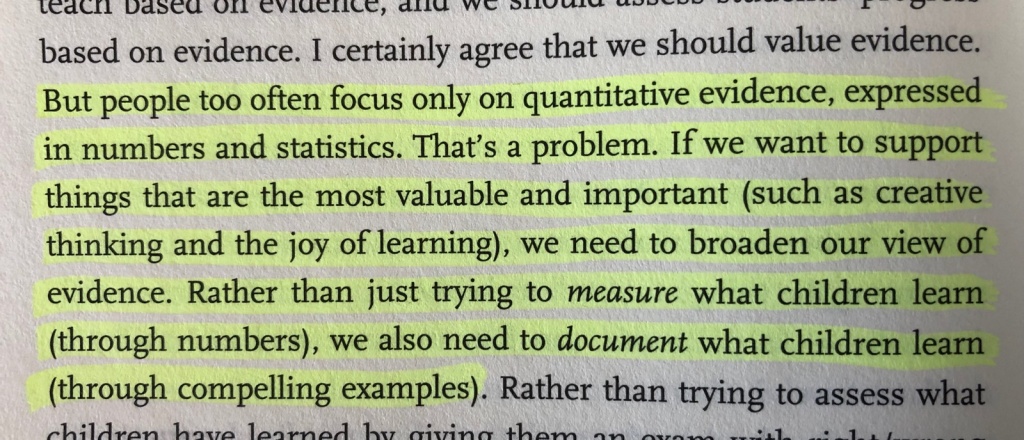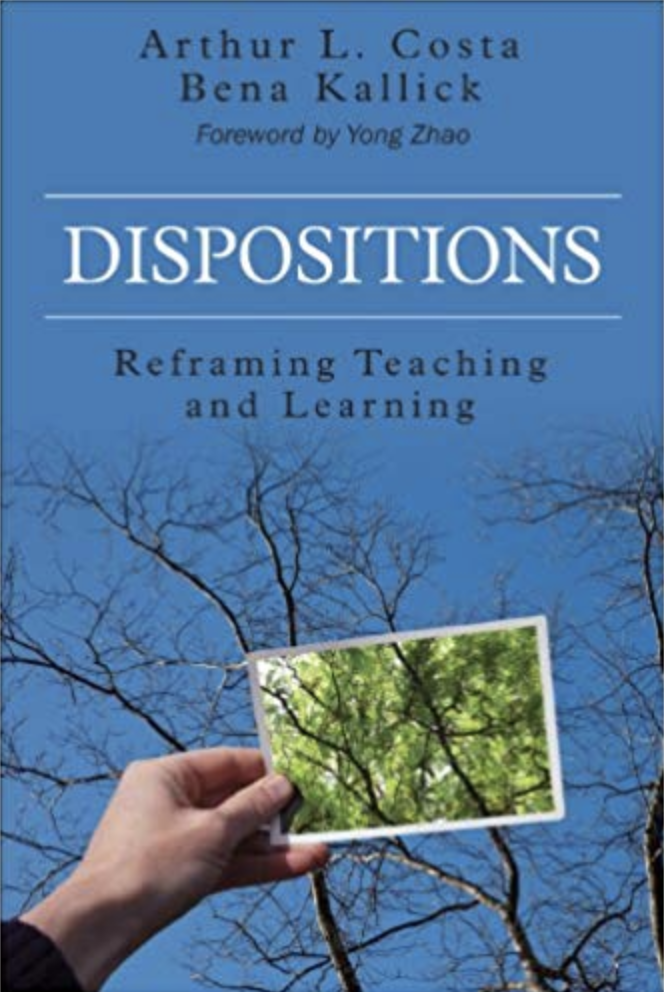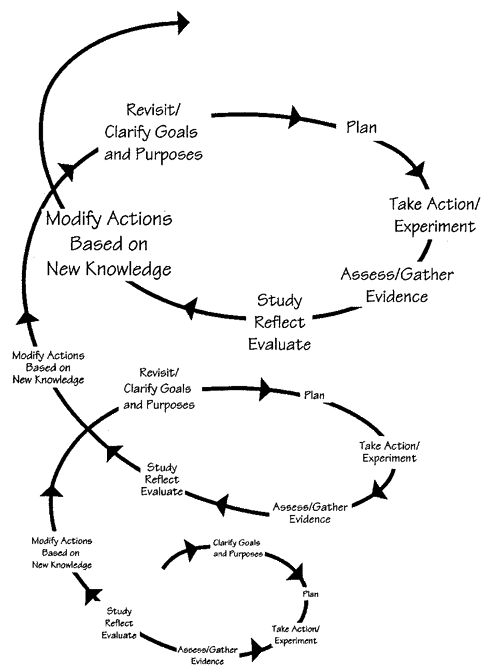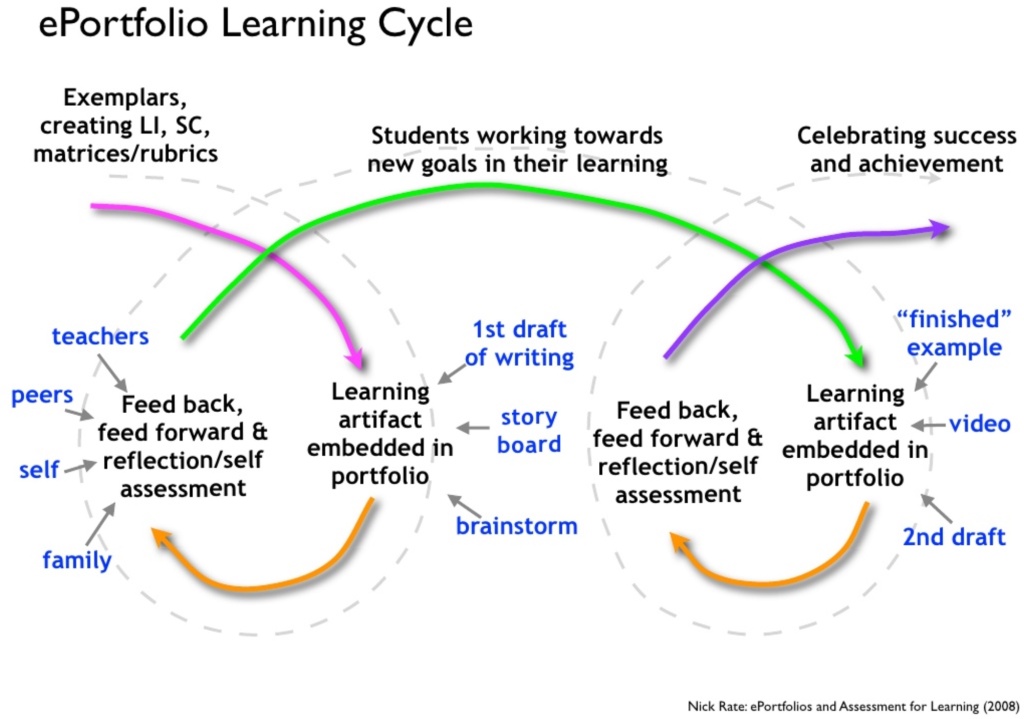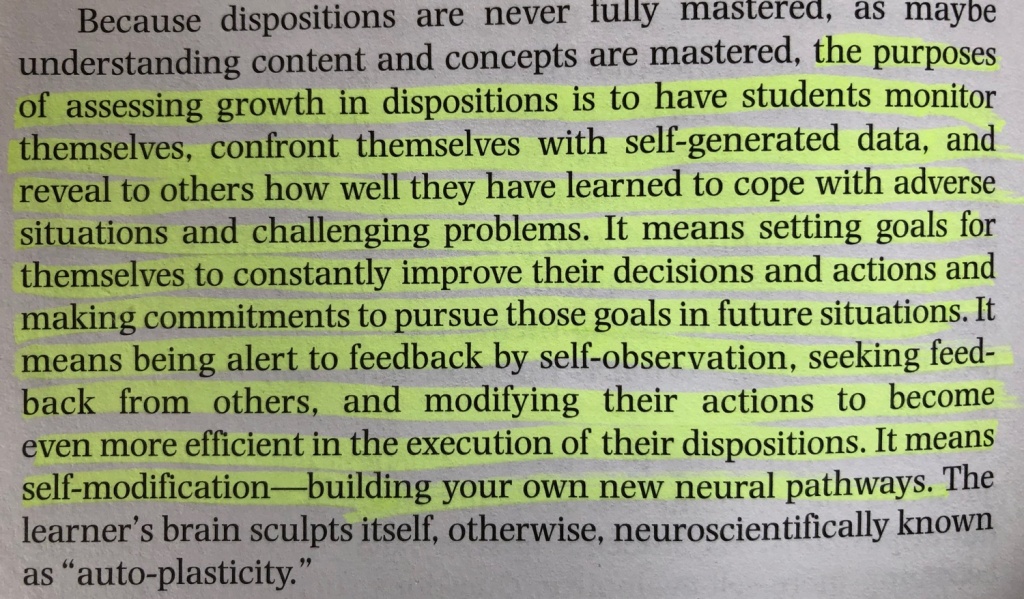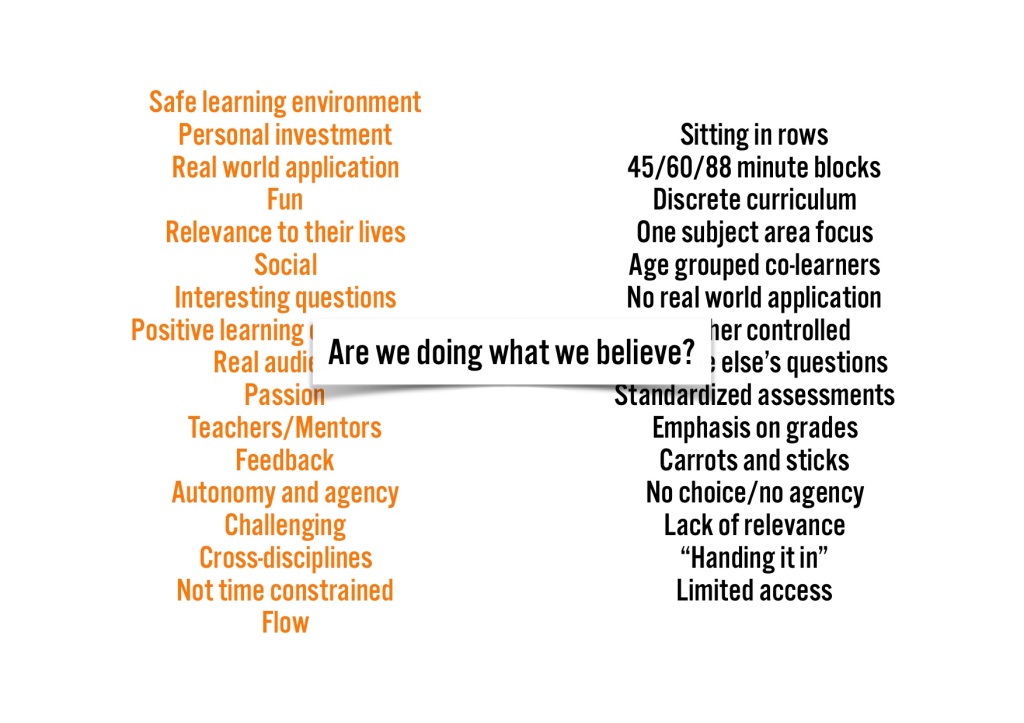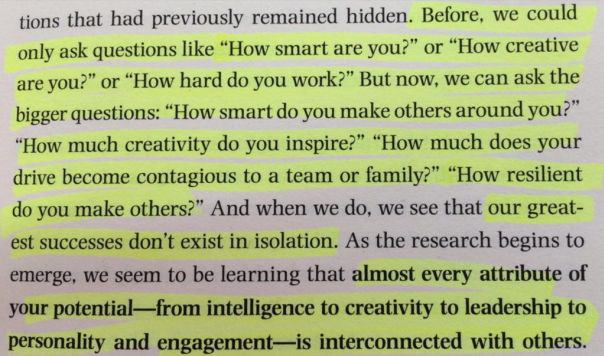Over the past 3 years the leadership structure at RSS has gone through a recognisable change. This has essentially meant a move from a hierarchical model to a networked model.
| e.g. From this… | …to this. |
The purpose of this doc is to outline the reasons why and to clarify what it means for our school.
Firstly, let’s clarify the former hierarchical model. This approach supported the existing information flow up and down the school and was closely aligned to how the school was structured. The school was clearly divided into 2 teams and each team was co-lead by 2 leaders. These co-leaders were part of the leadership team alongside the principal and other key staff. Information flowed down from the leadership team via the team leaders and then flowed back up on a reverse route. The teams came together fortnightly to discuss, unpack and feedback and this was complemented by whole staff meetings every other week. If a teacher required clarification or had a question, they usually went to their team leader first.
There was nothing really wrong with this model at all but as a different style of leadership emerged, combined with a restructuring of the school, I felt that this approach could be improved and at the same time be more closely aligned to our school vision of empowering agency, innovation and leadership. Over time this has seen the Team Leader role be deemphasised and naturally morph into a leader of everyone.
Before we get to the low down on the networked model, let’s first recognise that at times we need to revert back to a hierarchical structure. Not everything can be handed over to staff to self manage and make decisions and connect with those they need to. For example, the recent COVID-19 pandemic and returning to school under Level 2 and 3 conditions required a clear plan for everyone to follow and one that wasn’t up for negotiation.
However, the aim is to stay predominantly in the preferred networked end of the continuum, but acknowledge it doesn’t suit all situations (and for that matter doesn’t suit all staff).
So why a networked approach?
- Collaborative: A networked approach is based on the ability to utilise both the individual and collective intelligence of every staff member at RSS. This is underpinned by collaboration where we work together to productively grow and improve our school.
- Valuing everyone: The approach is also underpinned by valuing every staff member and recognising that everyone can contribute positively to our school community.
- Strengths based: A networked model is built around utilising everyone’s strengths. You go directly to the person who can best help you solve that problem or answer that question. Experts can reach out or offer their knowledge and support to best suit other’s needs.
- Timely: Support, information, coaching etc is there when you need it. There is no need to wait for next week’s meeting or the availability of certain staff members.
- Responsive: Leaders stay in tune with staff to listen and gauge feelings. This enables them to respond to known or emerging issues and to know when to pause and recognise to celebrate great practice. Any meetings are determined by the needs of the staff rather than the needs of the leadership team.
- Learning alongside: Like our approach to coaching, the network model places all staff on an equal footing where everyone learns alongside each other, rather than a master/apprentice relationship.
- Flexible: Networks can form as needs arise and fall away when the purpose has been reached. ‘Membership’ is not fixed. Connections are made with those who can best support one another for a shared purpose.
- Alignment to:
- School vision: A networked approach is closely aligned to our school vision of empowering agency, innovation and leadership.
- Agency: a high professional trust environment where teachers are given the space and autonomy to make decisions with each other about what is best for learning.
- Innovation: Research is clear that environments that provide high trust and allow staff to make decisions for themselves result in increased innovation and creativity.
- Leadership: This is leadership in a post heroic environment where leadership is about growing other people, creating high-trust environments, encouraging critical conversations.
- Ngā uaratanga: Our values outline our school’s expectations for learning, behaviour and wellbeing. There is a strong alignment between our values and a networked approach e.g.
- Kotahitanga: We all have a role to play in our learning community.
- Motuhaketanga: I know when and how to seek help.
- Ngākau Tapatahi: I can learn with others and get our learning done.
- Haututanga: I know when to lead and when to follow.
- School structure: We have moved away from larger teams of teachers to smaller autonomous groups. A network structure supports this through decentralising the chain of command and allows smaller groups of teachers to make decisions relevant to their learners and class or school initiative.
- The leadership team now: The way we work harnesses the benefits of a networked approach. We consciously model this approach across all aspects of our leadership work.
- School vision: A networked approach is closely aligned to our school vision of empowering agency, innovation and leadership.
- Current thinking/best practice in leadership: There are plenty of great readings to be had in how organisations are decentralising leadership and control. Here is just a snapshot – I will leave it over to you to read and reflect.
- Employee empowerment in organisations
- Trends in Organization Structure
- When Empowering Employees Works, and When It Doesn’t
- The 6 Key Secrets To Increasing Empowerment In Your Team
- What is Network Leadership?
- How is network leadership different from organizational leadership and why is understanding this difference important?
What needs to be in place for a networked approach to work? Here’s my thinking…
- Communication: This is vital in any organisational structure and no less important within a networked approach – but not just from the leaders to everyone else. Effective communication between everyone is vital and as such everyone must take the responsibility for its success.
- Openness: Everyone needs to trust each other, be open to giving and receiving feedback and open to learning from anyone else.
- Value: Everyone’s ideas and voice are highly valued, and opportunities need to be provided for sharing this knowledge as well as voicing opinions and concerns. Giving time to each other, young and old, experienced and inexperienced, and listening is super important.
- Knowing: You need to know who it is best to connect with so knowing each other, and the strengths and weaknesses that people have. Being in tune with who needs support and who best can support them is also a key aspect.
- Recognition: That hierarchical approach to leadership is not the current vision. We have a desire to lead alongside, not from above. That is the bus we are on.
What does it mean for the staff at our school?
- Recognise that the school vision drives everything we do. It is not just for our learners and learning.
- The most significant is understanding the changing role of a leader:
| A shift from | to |
| Hierarchical | Networked |
| Authoritarian | Collaborative |
| Individual | Collective |
| Controlling | Facilitating |
| Directing | Connecting |
| Organising | Convening |
| Telling | Consulting |
| Top-down | Alongside |
| Low trust | High trust |
Two things – I think it is really that simple. If you understand what drives the school and the leaders role in that process, you know how to function effectively within that system.
Further food for thought…
A reflective prompt for you;
- Is there a parallel between how you teach and what type of leadership structure you prefer? or
- Is there a parallel between how you lead and what learning in your school classrooms look like?
| Do you prefer this leadership structure? So is this what learning looks like in your class? Is this what learning looks like in classroom in your school? | |
| Or is this what learning looks like in your class? Or classes across your school? And as such, do you align to a networked leadership approach? |
Which approach to classroom practice and leadership more closely aligns to your school vision?
So what does it mean for staff at our school?
